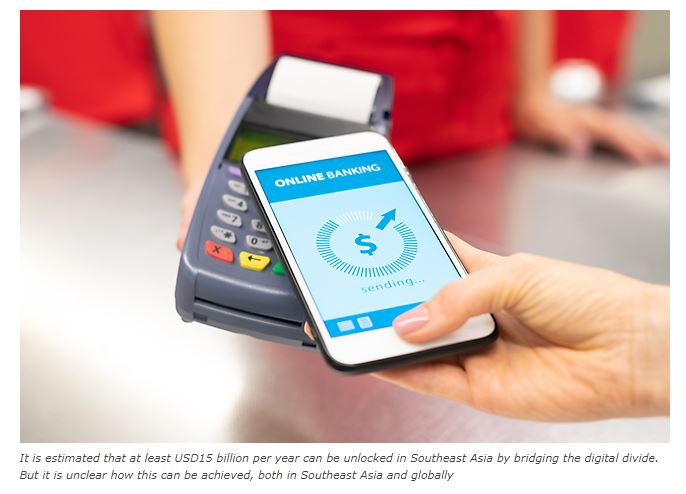Brunei takes third spot in digital inclusiveness global survey
Brunei Darussalam is the third highest ranked country in Southeast Asia in the digital inclusiveness index, scoring high for affordability, accessibility, ability and attitude, according to global consultancy Roland Berger’s Digital Inclusion Index 2020.
Singapore took the top spot, while the second-highest ranked country on the index was Malaysia (21st), followed by Brunei and Thailand (38th).
Brunei’s digital inclusiveness strength lies in its affordability. While the country’s overall score is 65, its affordability score is significantly higher at 86. This is due to cheap mobile-broadband prices, which are priced to match benchmarks set by Singapore and Malaysia.
Singapore also maintains its top spot for digital inclusiveness among 82 countries in global consultancy Roland Berger’s Digital Inclusion Index 2020, followed by Sweden, Denmark, Netherlands and the United States.
Digital inclusion is defined as the empowerment of individuals and societies to effectively use information and communication technologies (ICT), enabling them to contribute to and benefit from today’s digitalised economies and societies.
In Southeast Asia (SEA), around 150 million adult – 31 per cent of the population – are digitally excluded. Disabilities, illiteracy, age, wealth, concentration of economic activity in urban areas and enterprise access to capital are common factors that create the divide.
It is estimated that at least USD15 billion per year can be unlocked in Southeast Asia (SEA) by bridging the digital divide. But it is unclear how this can be achieved, both in Southeast Asia and globally.
To tackle this problem, Roland Berger developed a Digital Inclusion Index and Digital Inclusion Framework.
The index measures and analyses levels of digital inclusiveness in countries across the globe. It ranks 82 countries, based on their scores across four digital inclusion levers: accessibility, affordability, ability and attitude.
SEA ranks fifth out of seven global regions, and below the global average. Singapore finished top of the 10 Southeast Asian countries. Myanmar was the most improved nation in the entire index. This study details the strengths, weaknesses and digital inclusion development results for each SEA country.
Roland Berger’s Digital Inclusion Framework is designed to foster digital inclusion. It comprises seven key drivers, which underpin the four levers: technology, media and telecommunications (TMT) infrastructure development to enable universal access; digital content creation to support greater engagement; regulation reform and wholesale open access to promote competitive pricing; public access to connect and assist the financially challenged; active learning support to build digital literacy and skills; awareness and usage campaigning to enhance enthusiasm for digital; and safe digital environment to ease security fears
The Digital Inclusion Framework also factors in the importance of the two main actors in digital inclusion – governments and the private sector. It offers recommendations for both, focussing on the content creation role of the private sector and leadership role of government.
Data was compiled for the index from sources such as government publications, global databases and international surveys. Southeast Asia’s rankings were hampered by low scores for affordability and ability, due to large low-income populations, and levels of education and digital literacy in emerging areas that lag behind the global average.
Groups most susceptible to digital exclusion, as identified by the report, include low-income households, rural communities, the elderly, the illiterate, and persons with disabilities. At the enterprise level, micro, small and medium enterprises (MSMEs) are at greater risk compared to larger businesses.
Source: https://borneobulletin.com.bn/brunei-takes-third-spot-in-digital-inclusiveness-global-survey/


 Thailand
Thailand




